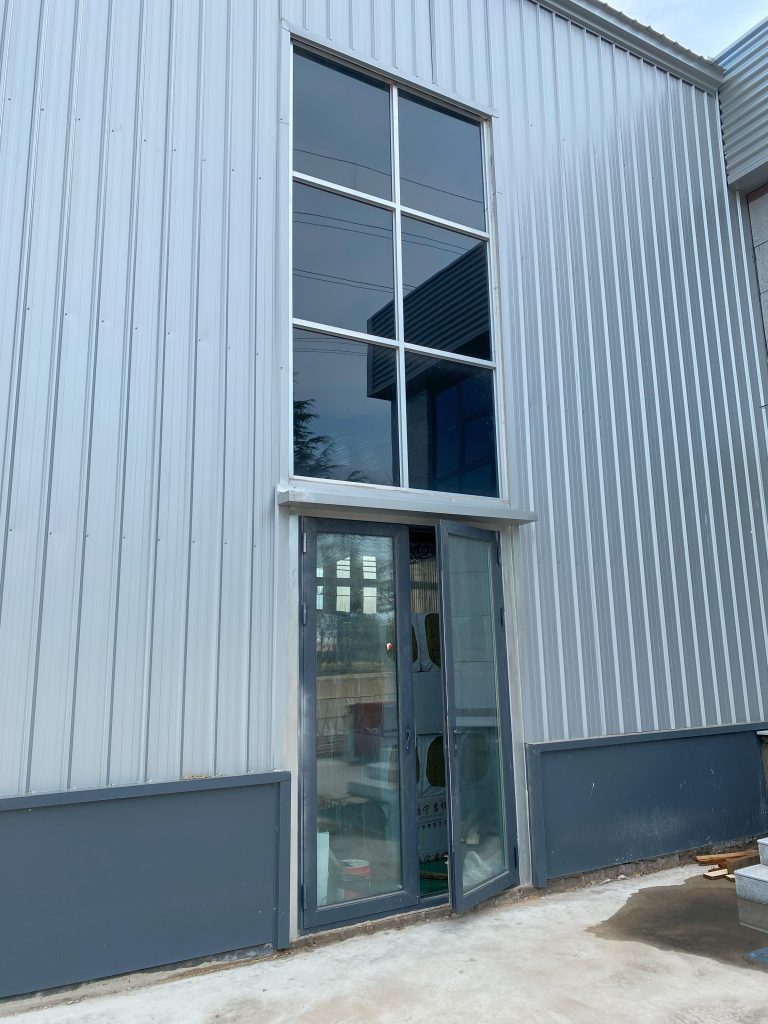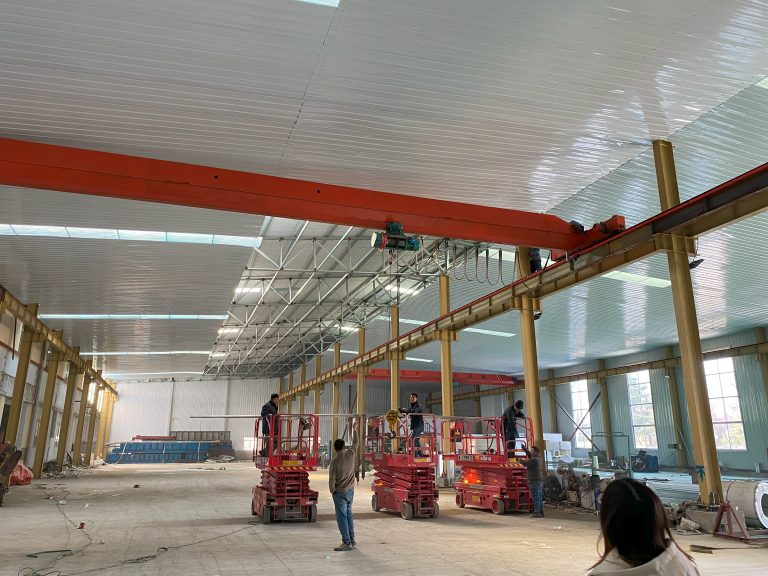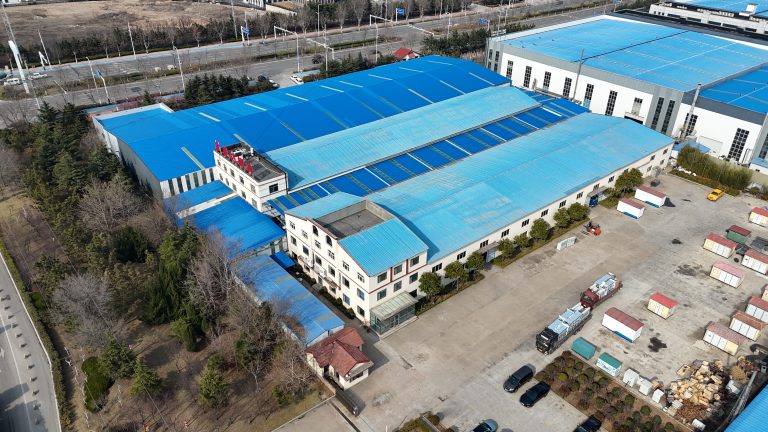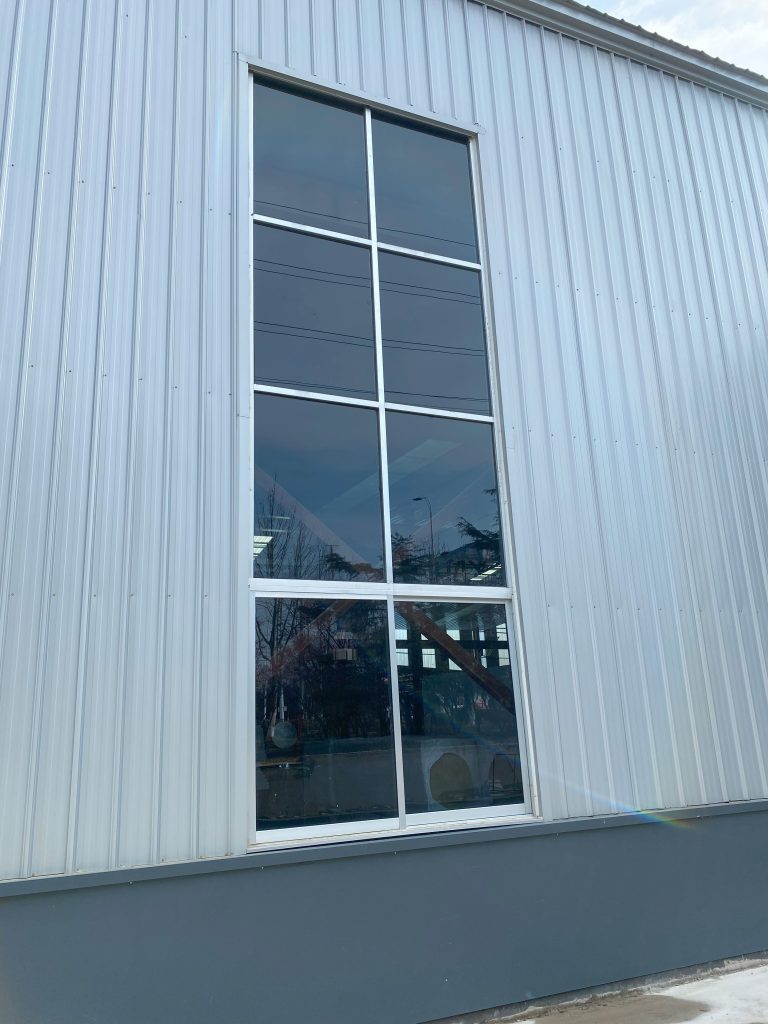Application and challenge of steel structure in offshore platform design
Table of Contents
Advantages of Using Steel Structures in Offshore Platform Design
Steel structures have long been a popular choice for offshore platform design due to their numerous advantages. One of the key benefits of using steel in offshore platforms is its high strength-to-weight ratio. This means that steel structures can support heavy loads while remaining relatively lightweight, making them ideal for use in the harsh marine environment.
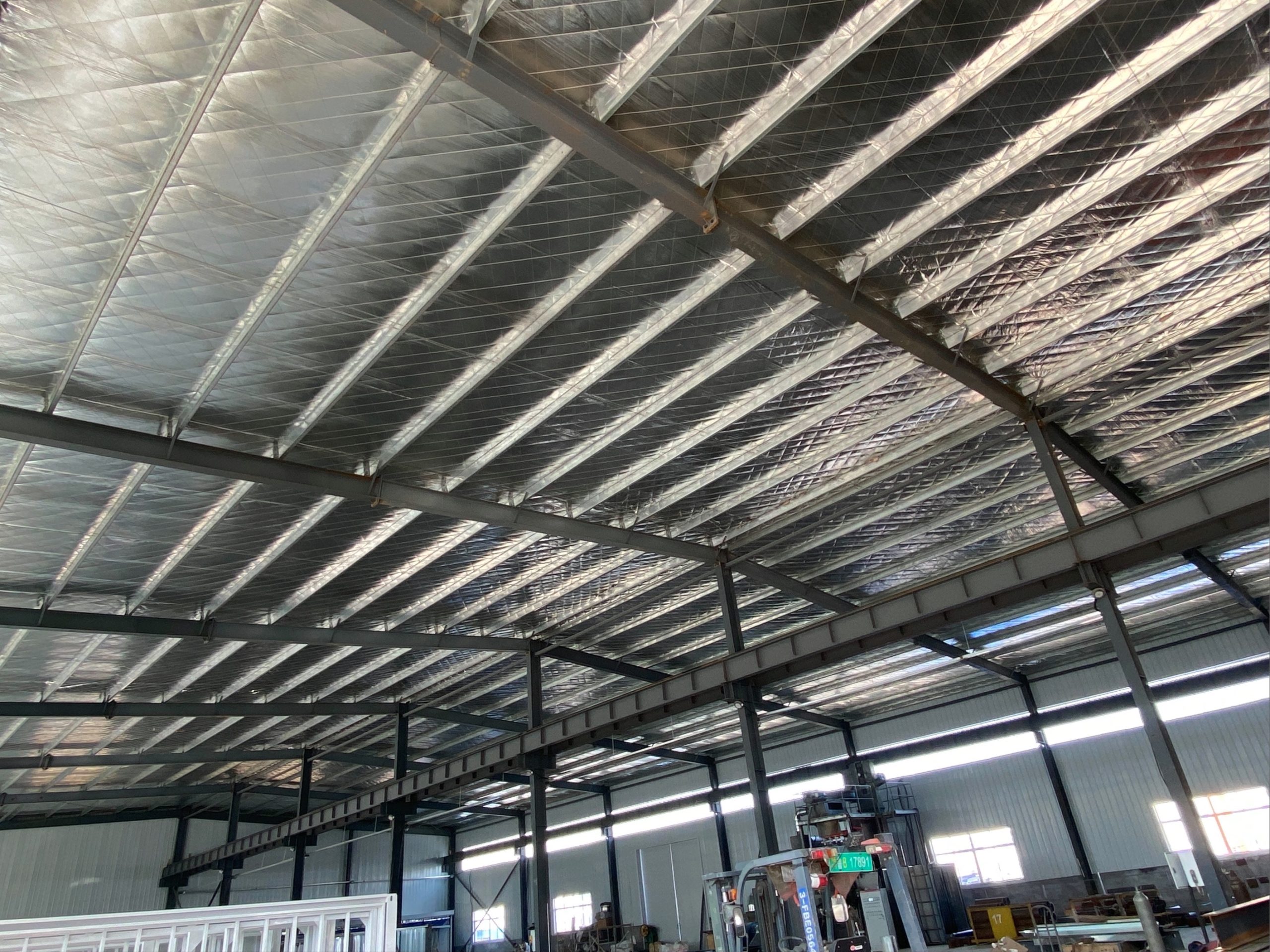
Another advantage of steel structures is their durability and resistance to corrosion. Offshore platforms are constantly exposed to saltwater, high winds, and other harsh conditions, which can cause significant wear and tear over time. Steel is known for its ability to withstand these elements and maintain its structural integrity, making it a reliable choice for offshore platform design.
In addition to its strength and durability, steel is also highly versatile and can be easily customized to meet the specific requirements of a project. This flexibility allows engineers to design offshore platforms that are tailored to the unique challenges of each site, ensuring optimal performance and safety.
Despite these advantages, there are also challenges associated with using steel structures in offshore platform design. One of the main challenges is the high cost of steel compared to other materials. Steel is a premium material that can be expensive to procure and transport, which can drive up the overall cost of a project.
Another challenge is the maintenance required to keep steel structures in good condition. Regular inspections and repairs are necessary to prevent corrosion and ensure the structural integrity of the platform. This can be a time-consuming and costly process, especially in remote offshore locations where access to resources and skilled labor may be limited.
Despite these challenges, the benefits of using steel structures in offshore platform design often outweigh the drawbacks. The high strength, durability, and versatility of steel make it an attractive choice for engineers looking to create safe and reliable offshore platforms that can withstand the rigors of the marine environment.
In conclusion, steel structures offer numerous advantages for offshore platform design, including high strength-to-weight ratio, durability, and versatility. While there are challenges associated with using steel, such as high cost and maintenance requirements, the benefits of this material make it a popular choice for engineers working in the offshore industry. By carefully considering the unique requirements of each project and implementing proper maintenance practices, steel structures can provide a solid foundation for safe and efficient offshore platforms.
Overcoming Challenges in Steel Structure Application for Offshore Platforms
Steel structures have long been a popular choice for offshore platform design due to their strength, durability, and cost-effectiveness. However, the application of steel structures in offshore platforms comes with its own set of challenges that engineers and designers must overcome to ensure the safety and reliability of these structures in harsh marine environments.
One of the main challenges in the application of steel structures in offshore platforms is corrosion. The corrosive nature of seawater can cause steel structures to deteriorate over time, leading to structural weaknesses and potential safety hazards. To combat this issue, engineers use various corrosion protection methods such as coatings, cathodic protection, and material selection to extend the lifespan of steel structures in offshore platforms.
Another challenge in the application of steel structures in offshore platforms is fatigue. Offshore platforms are subjected to constant wave and wind loads, which can cause fatigue damage to steel structures over time. Engineers must carefully consider the design and material selection of steel structures to ensure they can withstand the cyclic loading conditions experienced in offshore environments.
Furthermore, the weight and size limitations of offshore platforms present a challenge in the application of steel structures. Steel structures are heavy and bulky, making transportation and installation on offshore platforms a complex and costly process. Engineers must optimize the design of steel structures to minimize weight while maintaining structural integrity to meet the weight and size limitations of offshore platforms.
Despite these challenges, steel structures continue to be a popular choice for offshore platform design due to their high strength-to-weight ratio, ease of fabrication, and versatility in design. Advances in technology and materials have enabled engineers to overcome many of the challenges associated with the application of steel structures in offshore platforms.
In recent years, the use of high-strength steel and advanced fabrication techniques have allowed for the construction of lighter and more durable steel structures for offshore platforms. These advancements have helped to improve the performance and longevity of steel structures in offshore environments, making them a reliable and cost-effective choice for offshore platform design.
In conclusion, the application of steel structures in offshore platform design comes with its own set of challenges, including corrosion, fatigue, and weight limitations. However, with careful consideration of design, material selection, and fabrication techniques, engineers can overcome these challenges and ensure the safety and reliability of steel structures in offshore platforms. Advances in technology and materials continue to drive innovation in the application of steel structures in offshore platform design, making them a viable and sustainable solution for the oil and gas industry.


